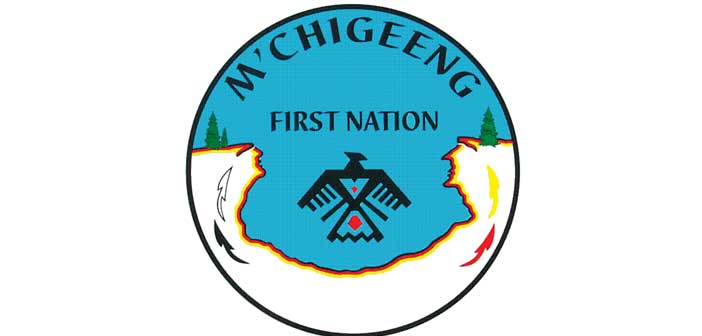As usual on Manitoulin, the summer season has been packed with community, recreational and arts and culture activities.
This past weekend, for example, saw a palate of options laid out for public consumption: Manitoulin Country Fest celebrated its ninth (and by all reports best to date) event with a record crowd.
In Mindemoya, those with a penchant for Broadway music had the opportunity of spending “one enchanted evening” (as the song goes) listening to nine superb voices delivering a cross-section of the music of Broadway shows from the 1930s to the near-past. The 22 songs filled the two-hour concert and those fortunate enough to have tickets felt their sit was, perhaps, a little more than a half hour.
In Little Current, at the Manitoulin Hotel and Conference Centre, wise minds brought together an exhibit of paintings that is the most significant collection of First Nations artists from Manitoulin to date for public viewing.
The show is set up in the ballroom area, is free for the public to visit and will be in place there until next Monday, August 17.
One of the original members of the Canadian aboriginal Group of Seven, Daphne Odjig, who is originally from Wikwemikong and has been painting for more than 60 years, is well represented.
So too are Blake Debassige of M’Chigeeng, Shirley Chechoo of M’Chigeeng, Leland Bell of Wikwemikong, James Simon Mishibinijima from Wikwemikong, James Jocko from Wikwemikong, the late Francis Kagige from Wikwemikong, the late Martin Panamick of M’Chigeeng and the late Randy C. Trudeau from Wikwemikong.
These are only a few of the artists whose works are on display but they are the older Manitoulin artists who came into their prime in the early 1970s and whose works, by and large, represent the Manitoulin Island interpretation of the Woodland School of Art. This is the style that, in the previous decade in Northwestern Ontario, the late Norval Morrisseau was drawing on his heritage to perfect.
Of tremendous significance was the vision of the late Tom Peltier who, in the summers of 1972 and 1973, created an artistic environment on a borrowed North Channel Island, Schreiber Island, where the Manitou Arts Foundation brought young aboriginal artists together, exposing them full-time to their own culture and encouraging them to represent their myths, history and legends in their work. Norval Morrisseau was of profound influence at Schreiber Island and the work of many of these Manitou Arts Foundation “grads” is very much in evidence in this important exhibition and their influence, in turn, on many of the younger Manitoulin Island artists is also important as we see a solid two generations (three, counting Ms. Odjig and Mr. Kagige) of artists, at least some of whose representations generally follow the Woodland School world view.
The late Carl Beam of M’Chigeeng is well represented and his work follows a different muse to that of the Woodland School. His wife Ann of M’Chigeeng and daughter Anong of Kagawong also have works on display that echo Carl’s vision.
The show is billed as: Woodlands Art exhibition from the Heart of Turtle Island; Contemporary art from Manitoulin Island.
This is a unique opportunity for other artists, ordinary citizens and/or people who may have heard some of the artists’ names but who are not familiar with their work to see not only their original paintings but to see them in the context of a public exhibition alongside their peers.
Those who conceived of such a exhibition (and, following the end of the show in Little Current, it will travel to southern Ontario to the Peel Gallery) and those whose financial contribution made it possible are to be acknowledged.
This is an important display for Manitoulin Island.
We hope that it will be the first of many exhibitions of this kind in which First Nation artists and their influences can be clearly observed in their own environment. It will in all likelihood also have a profound influence on “fourth generation” Island artists.




